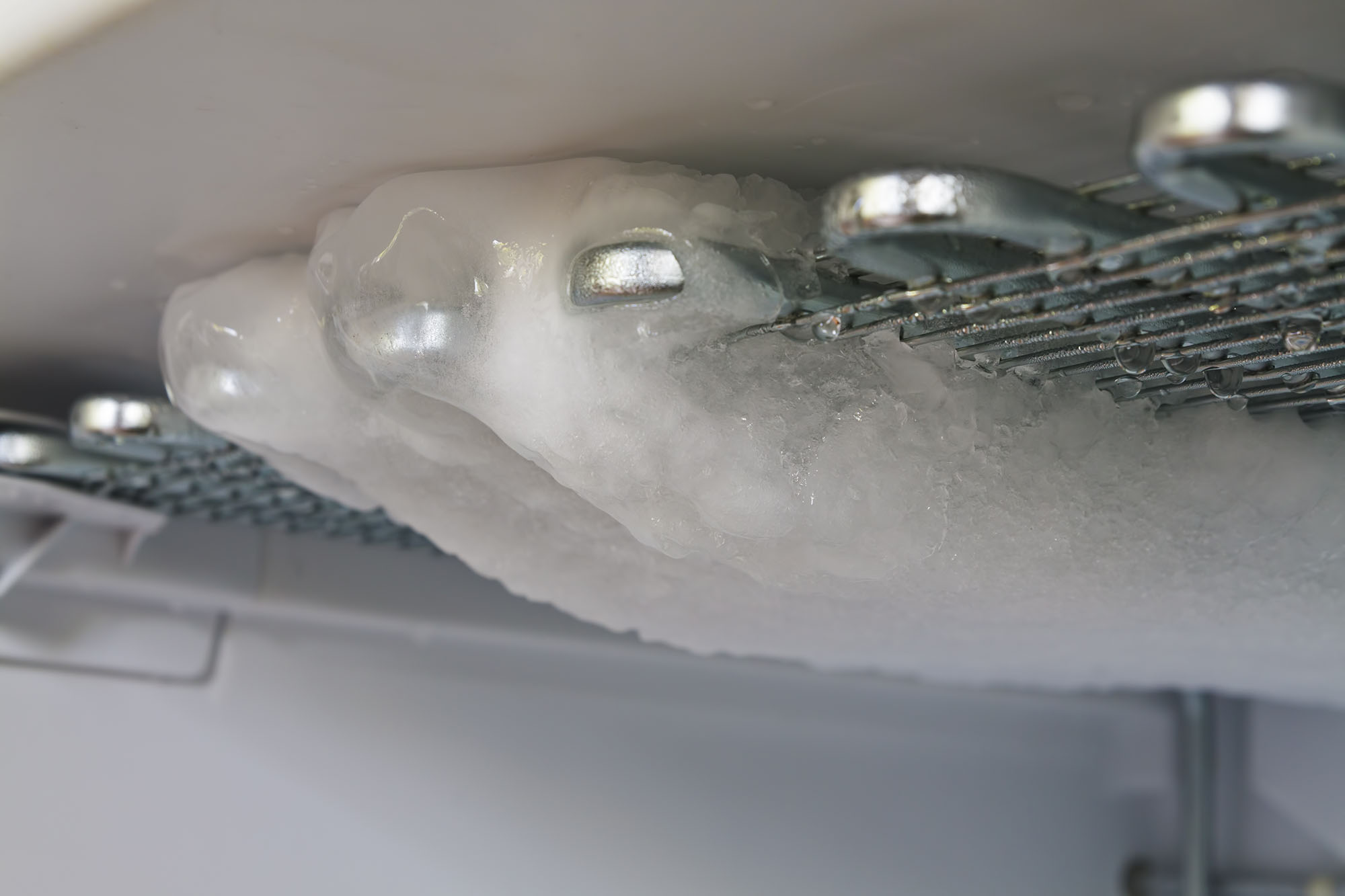
It’s inevitable that ice will build up inside a fridge that is basically running 24/7. Ice buildup can cause a decrease in airflow, which leads to higher energy costs, and ultimately, product loss.
Defrosting your unit is essential because it removes the ice buildup and allows the unit to operate efficiently.
It is crucial to recognise when your unit needs to be defrosted. Here are some signs that indicate your unit needs defrosting:
Poor airflow is one of the most apparent signs that your unit needs defrosting. If the unit is not defrosted regularly, the buildup of ice can obstruct the airflow, which affects the temperature inside the unit.
Ice buildup is a clear indication that your unit needs defrosting. If ice is visible on the evaporator coils, it is time to defrost the unit.
If you notice water leaking from the unit, it may be a sign that your unit needs defrosting. The ice buildup can cause the drain line to freeze, resulting in water leakage.
Proper defrosting techniques are crucial to maintain the efficiency and longevity of your commercial refrigeration unit. Here are some tips for proper defrosting techniques:
Before defrosting, turn off the unit and unplug it from the electrical outlet.
Using a plastic scraper or spatula, remove the ice buildup on the evaporator coils. Never use sharp tools or metal scrapers, as they can damage the coils.
After removing the ice buildup, clean the unit with warm water and a mild detergent. Be sure to remove any residue or debris from the unit.
After cleaning, dry the unit thoroughly before plugging it back in and turning it on.
Proper defrosting techniques are essential for commercial refrigeration units. It is essential to recognise the signs that indicate your unit needs defrosting and to use proper techniques when defrosting.
By following the tips outlined in this article, you can maintain the efficiency and longevity of your unit while reducing energy costs and preventing product loss.
Your refrigeration unit will likely have an automatic defrost schedule in place, but a manual defrost may be required when you see a build up of ice a couple centimetres thick.
It depends on the amount of use, but generally, a commercial refrigeration unit should be defrosted every three to six months.
No, using a hairdryer can cause damage to the unit. Turn off the unit to melt the ice and use warm water and a cloth or a plastic scraper to remove the ice buildup.
No, using hot water can damage the evaporator coils. Use warm water instead and be sure to dry the fridge interior thoroughly before plugging it back in and turning it back on.
Water leakage can be a sign that your unit needs defrosting. Follow the proper defrosting techniques outlined in this article, and if the problem persists, contact a professional for assistance.
Failing to defrost a commercial refrigeration unit can result in decreased airflow, increased energy costs, and stock loss. It can also cause damage to the unit, resulting in costly repairs or replacement.